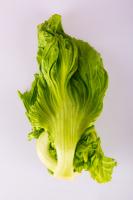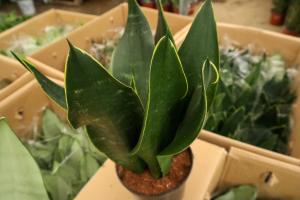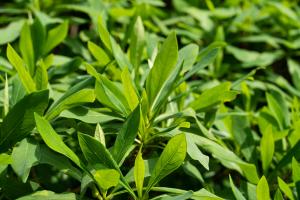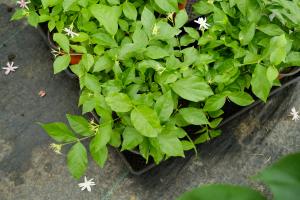Why Are My Spider Plant Leaves Turning Brown?
Spider plants are popular indoor plants, known for their long, narrow leaves and ability to thrive in a variety of environments. However, even the most well-cared-for spider plants can experience issues such as browning leaves. In this article, we will explore some of the potential reasons for this problem and what you can do about it.
Possible Causes of Spider Plant Leaves Turning Brown
1. Overwatering
One of the most common causes of browning spider plant leaves is overwatering. Spider plants prefer well-draining soil and only need to be watered when the top inch of soil is dry to the touch. If you are watering your spider plant too often or not allowing the soil to dry out between waterings, the roots may become waterlogged and lead to brown spots on the leaves.
Solution: Adjust your watering habits to ensure the soil has time to dry out between waterings. Also, make sure your spider plant is in a pot with adequate drainage to prevent water from accumulating near the roots.
2. Underwatering
On the other hand, spider plants can also develop brown spots due to underwatering. If the plant does not receive enough water, the leaves can dry out and develop brown edges or tips.
Solution: Check the soil regularly and water your spider plant when the top inch of soil is dry to the touch. Be sure to water the entire root ball thoroughly.
3. Lighting Issues
Spider plants prefer bright, indirect light. If the plant is placed in a location with too much direct sunlight or not enough light, the leaves can turn brown or yellow.
Solution: Move your spider plant to a location with bright, indirect light. Avoid placing it in direct sunlight or in a location with insufficient light.
4. Pests or Disease
Spider plants can also develop brown spots due to pests or disease. Common pests that can affect spider plants include spider mites and mealybugs. Fungal diseases such as leaf spot can also cause brown spots on the leaves.
Solution: Inspect your spider plant regularly for signs of pests or disease. If you notice any issues, take action immediately. Treat your plant with an appropriate pesticide or fungicide, and remove any affected leaves to prevent the problem from spreading.
Conclusion
If your spider plant leaves are turning brown, it is important to identify the cause and take action to address the issue. Whether it is due to overwatering, underwatering, lighting issues, or pests/disease, there are steps you can take to help your plant recover. By adjusting your care habits and addressing any underlying issues, you can help ensure your spider plant stays healthy and vibrant for years to come.

 how many times do yo...
how many times do yo... how many planted tre...
how many planted tre... how many pine trees ...
how many pine trees ... how many pecan trees...
how many pecan trees... how many plants comp...
how many plants comp... how many plants can ...
how many plants can ... how many plants and ...
how many plants and ... how many pepper plan...
how many pepper plan...































